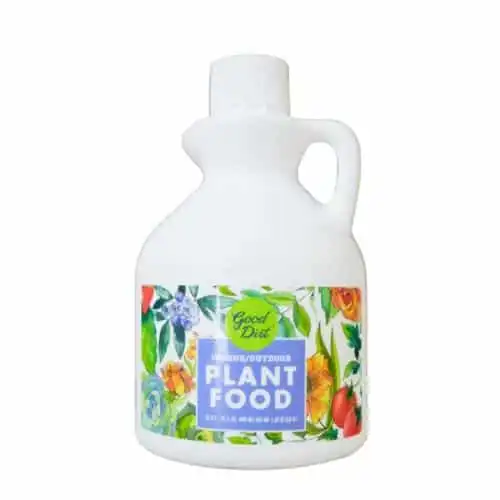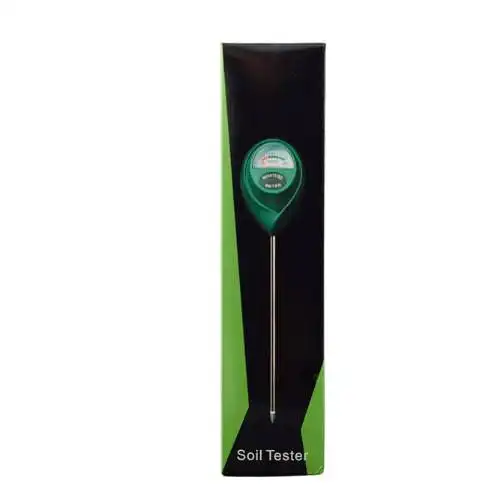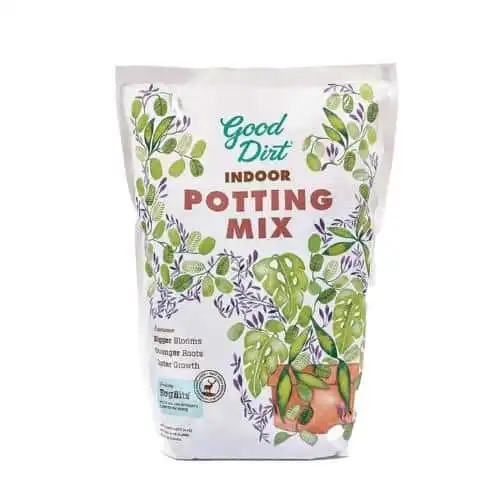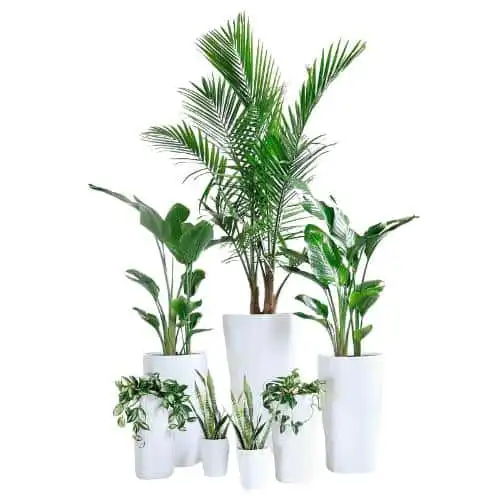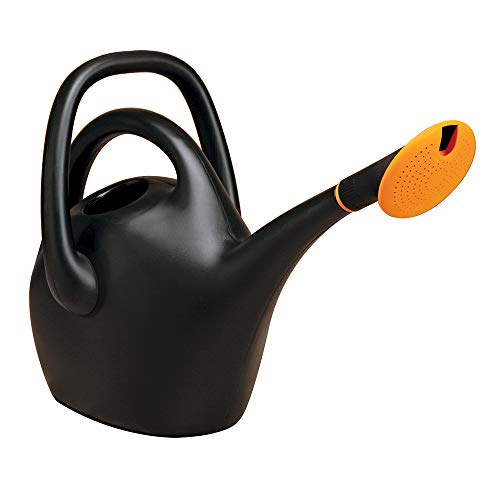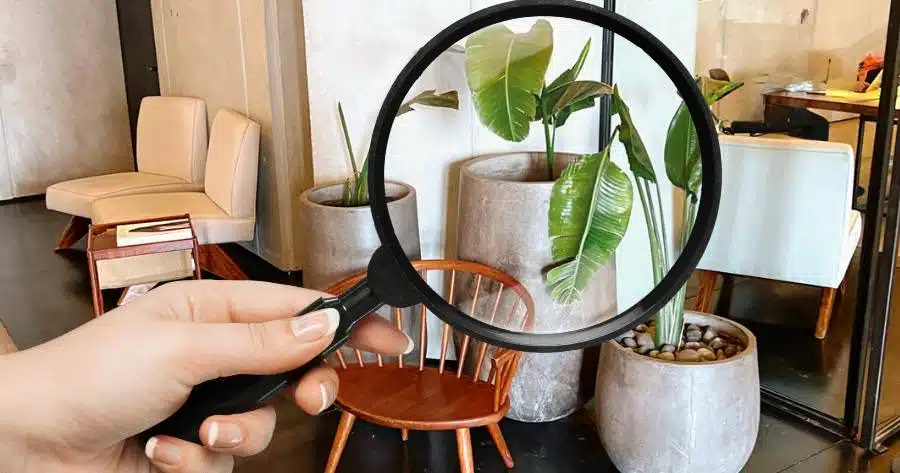
Perhaps you’ve hired a plant maintenance company or assigned a colleague to care for your plants, but how can you be certain that they’re carrying out their duties effectively?
Throughout my 13-year tenure in revitalizing New York office environments and tending to indoor plants, I have encountered an overwhelming number of not properly maintained and deceased plants that surpass one’s wildest imagination.
I have compiled a simple list of the top 9 indications that your office plants may have been neglected due to the absentmindedness of your colleagues or the careless practices of your plant maintenance service company.
Hope this list helps you to spot the neglect and make your green coworkers look their best 👇
#1 Plants look bare

One of the most frequently observed problems in New York offices is illustrated by the plant in the photo.
With only a few leaves remaining, it is in dire need of replacement. Unfortunately, at this point it will never recover its former beauty and is likely in its final days.
The decision to place this plant in such a low-light location was a major error. To see how a Fiddle Leaf Fig Tree should appear when situated in a bright spot and cared for correctly, refer to the picture below. 👇
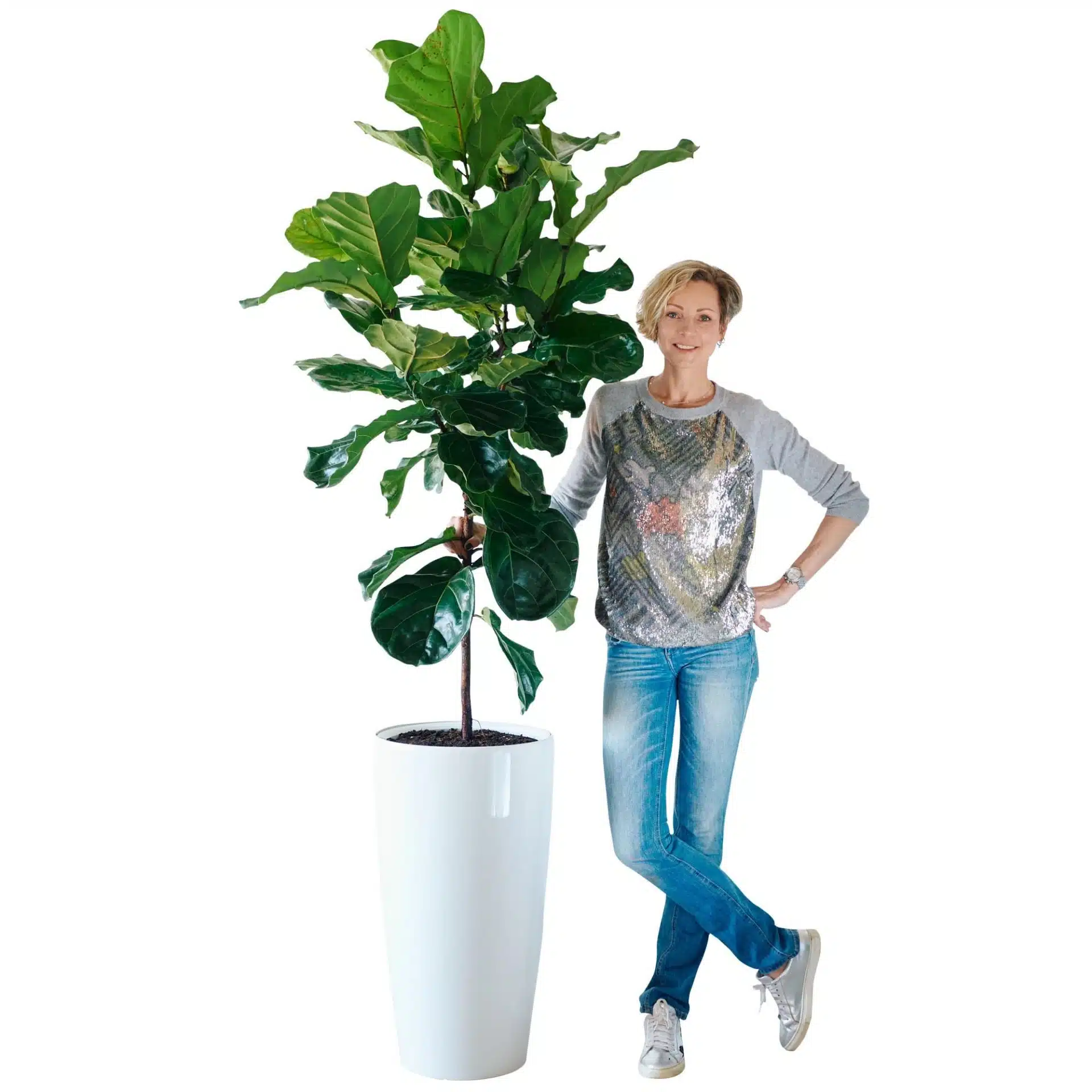
Please note that the Fiddle Leaf Fig Tree is a delicate plant and requires a knowledgeable caretaker to ensure proper care.
#2 Plants are not properly pruned
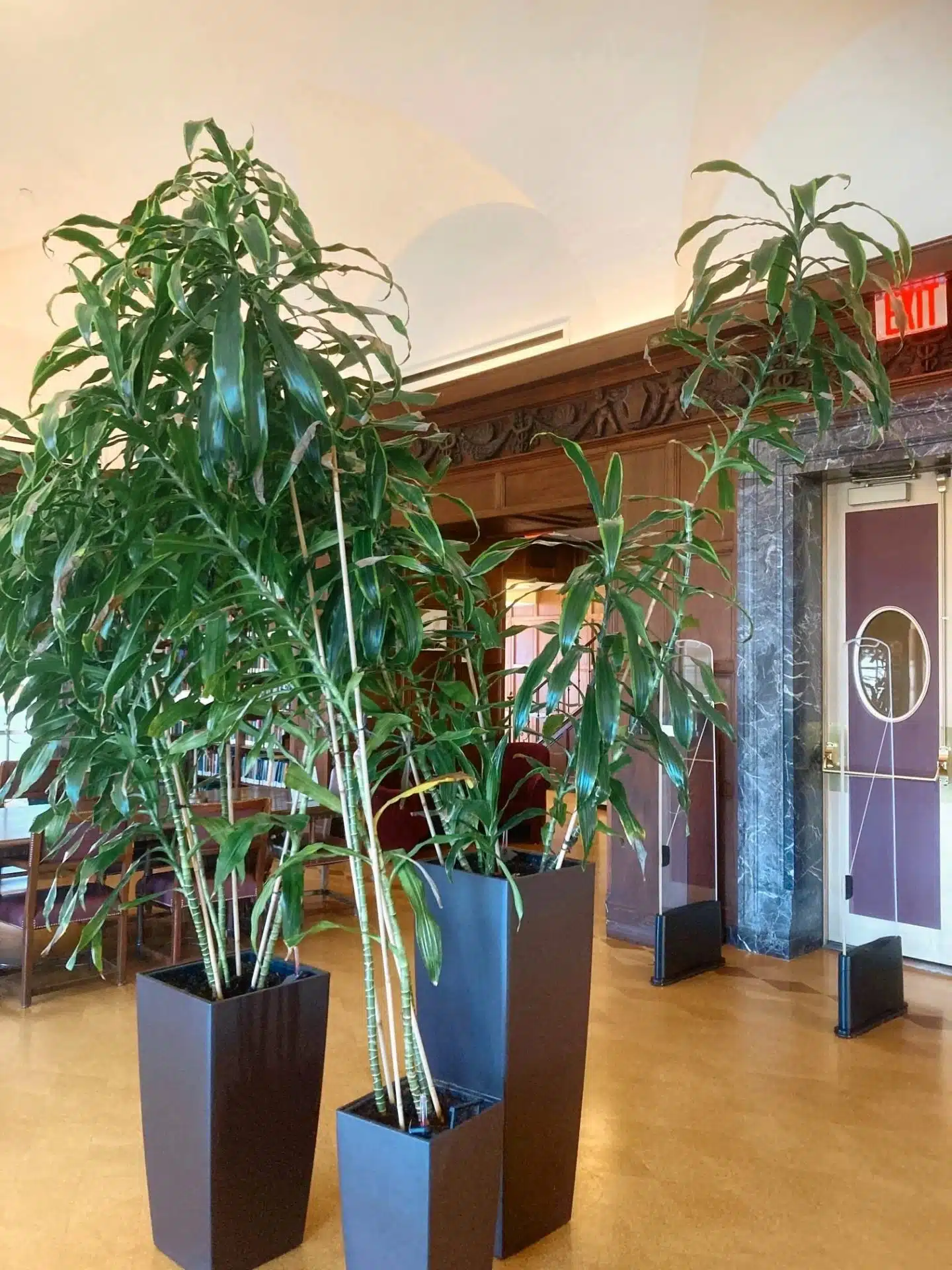
The caretaker of these plants watered and placed them well, but unfortunately overlooked the important tasks of rotating and regular pruning.
Indoor plants require pruning to encourage new growth, maintain plant health, control size and shape, remove dead/damaged/diseased parts, prevent the spread of disease/insects, and overall improve plant’s appearance.
#3 Dust on leaves

99% of the time I see that plants are not properly cleaned and dust covers not only leaves but also pot reams have layers of dust sitting on them.
Cleaning plants can be a time-consuming task that is often neglected, but it is vital for both the health of the plant and the well-being of your colleagues 🤧
Dust on indoor plants can be harmful for various reasons. It can clog pores, reducing photosynthesis and energy production. Dust can also attract pests and insects, damaging or killing the plant. Furthermore, it can decrease indoor air quality, harming both plants and humans. Regular cleaning of indoor plants is crucial to ensure their health and growth.
#4 Low soil levels
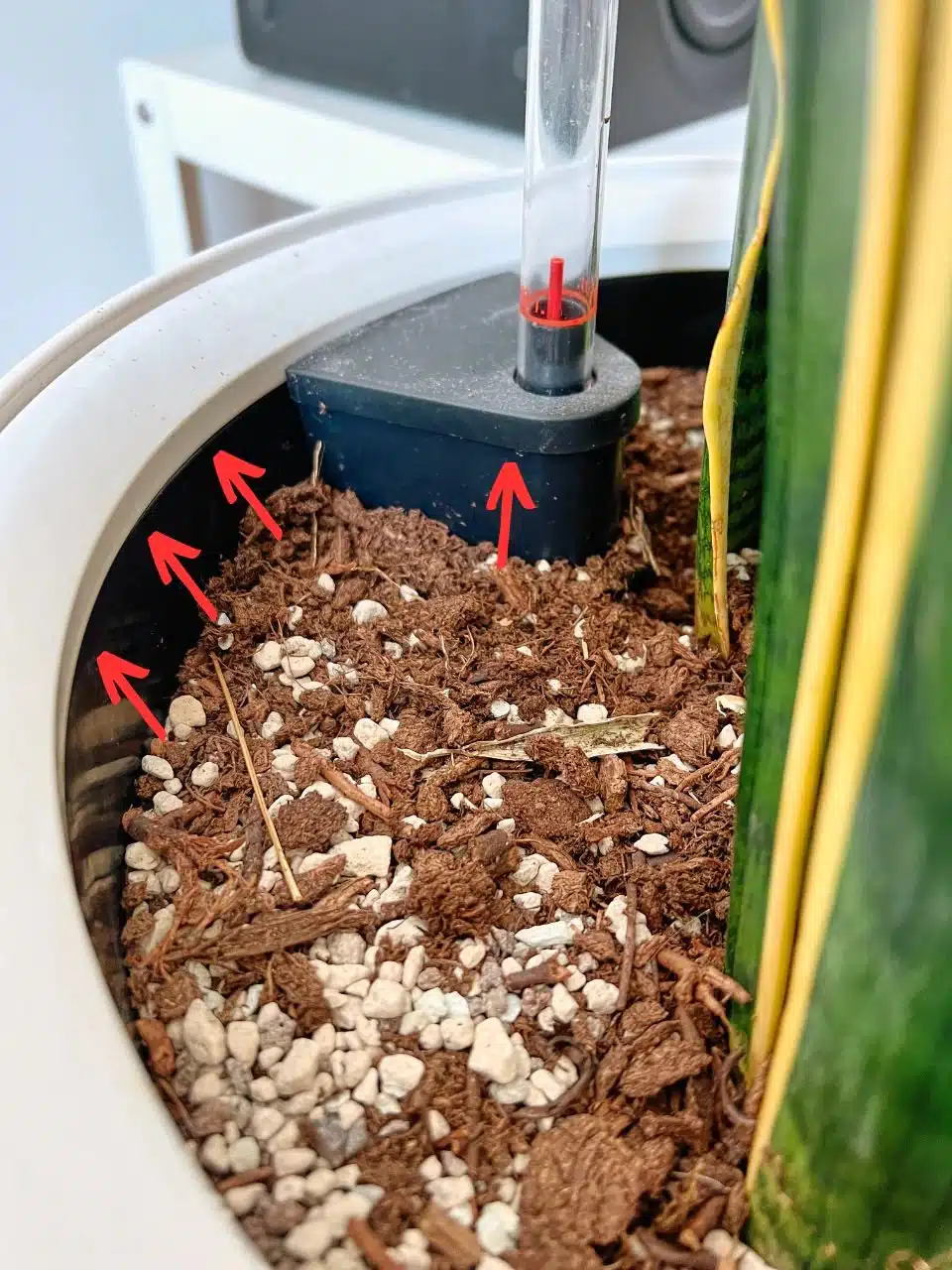
This Sansevieria plant is missing around 1 inch of soil.
Soil levels in potted indoor plants can decrease due to root absorption, settling, and erosion. Monitoring the soil level and adding more soil as needed is crucial for the plant’s health and growth. Plus it makes the plant look properly potted.
Our plant caretakers typically add more soil after the first 6-8 months of installation. If you have had plants in your space for over 6 months, check the soil levels and top it up if needed.
#5 Dirty soil
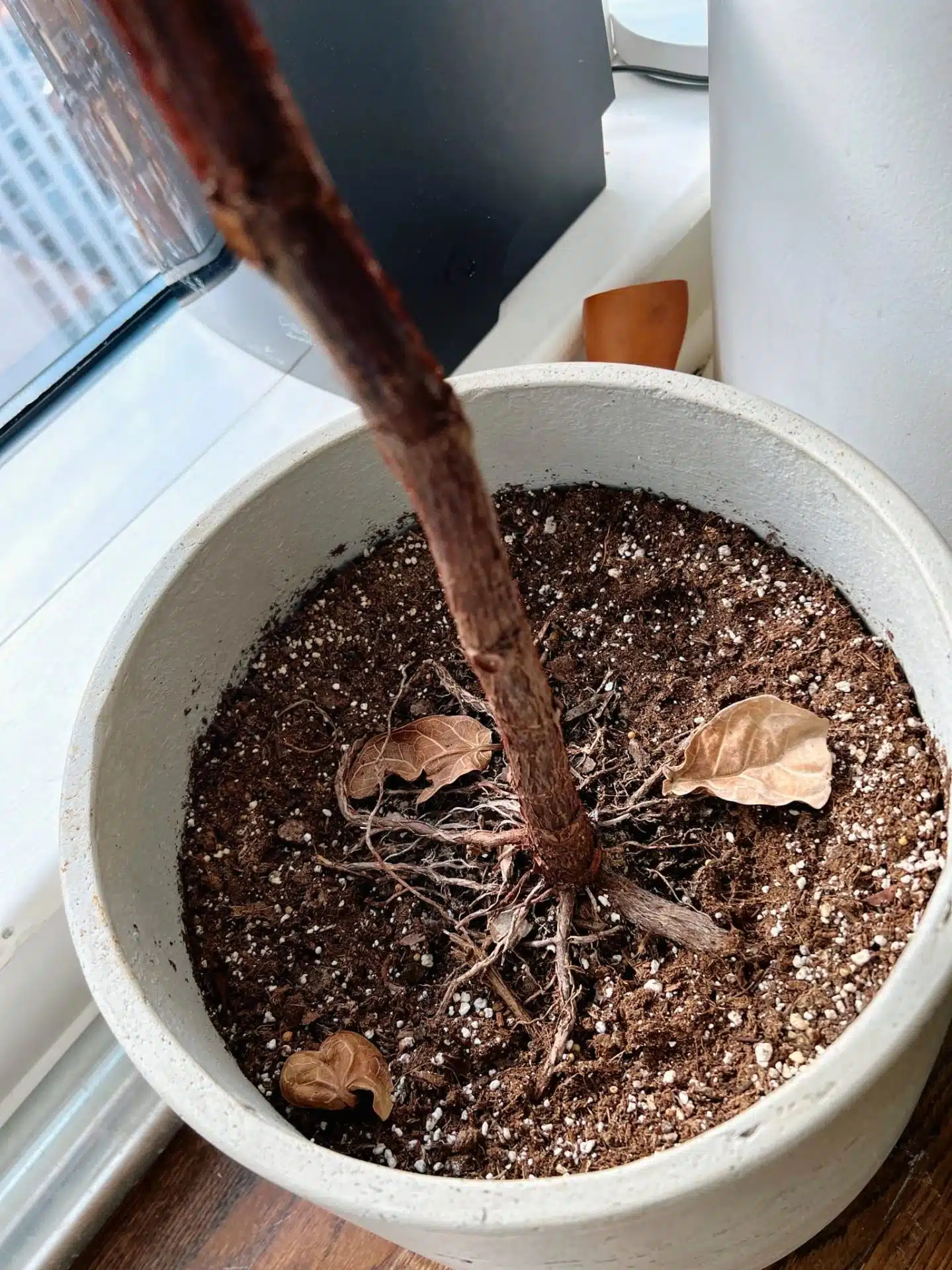
Very often I will find not only fallen leaves but candy wrapping or gum lying on top of the soil 🙊
These items not only make your plants look like trash cans but can create a breeding ground for harmful bacteria and pests. The presence of such pests and bacteria can lead to root rot, which can ultimately kill the plant.
Moreover, debris and dead leaves can also block airflow to the soil and prevent water from draining properly, which can also be detrimental to the plant’s health.
Therefore, keeping the plant’s soil clean will ensure optimal growing conditions for the plant.
#6 Plants are heavily leaning
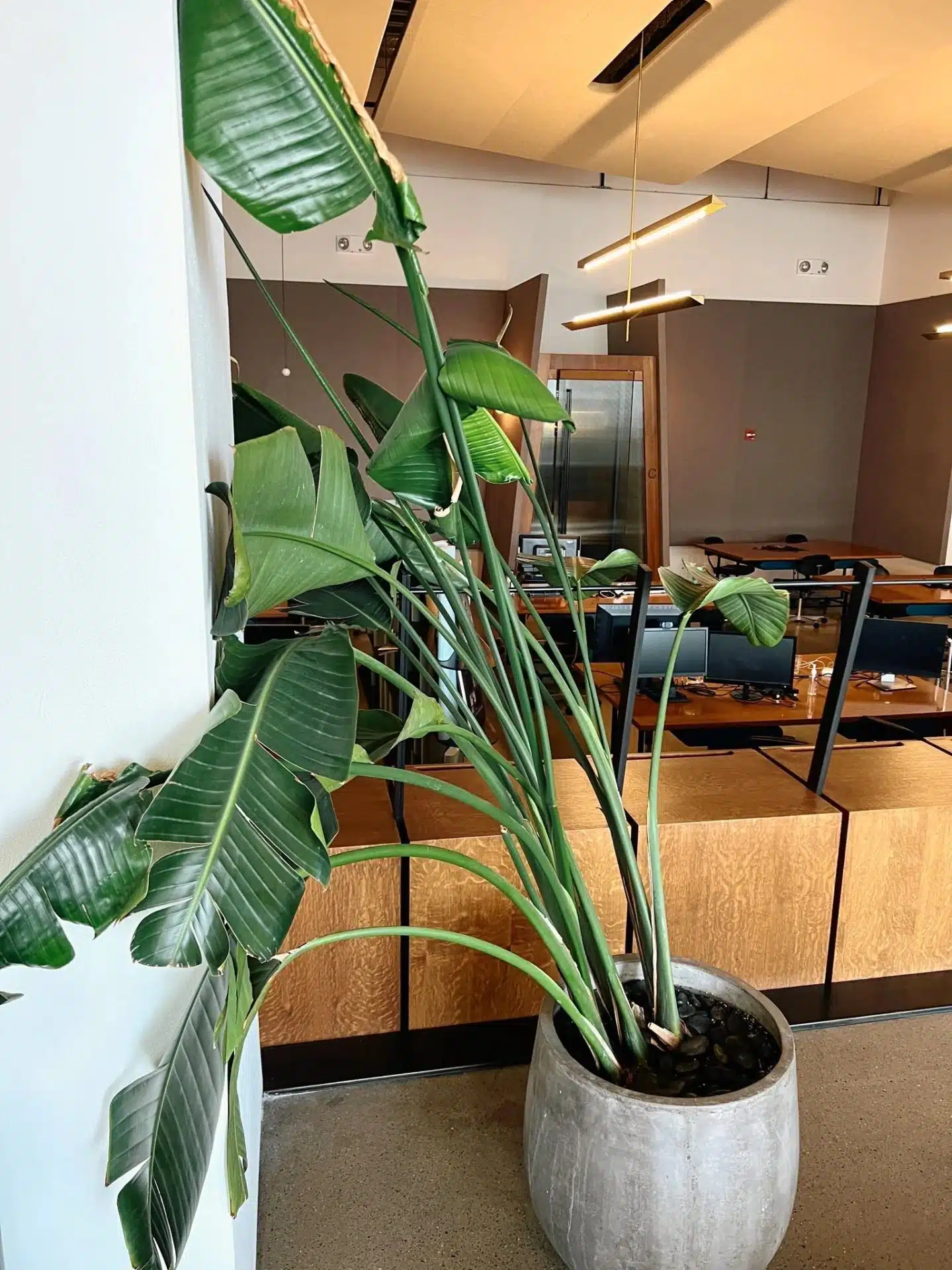
If your plants are heavily leaning towards one side, it may be due to a lack of rotation, low soil level, root-bound issues, and/or lack of stem support.
Indoor plants should be rotated regularly to ensure that all sides of the plant receive an equal amount of light, which will promote balanced growth and prevent one side of the plant from becoming too leggy or stretched out.
Keeping the soil level up provides extra support for plant stems.
Plants need to be repotted on average once every 2 years to prevent the root-bound issue and keep the root system healthy.
Large plants usually require staking to provide extra support and keep the stems up.
#7 Lots of yellow, brown, or dry leaves

This is something I see in the majority of places.
Yellow, brown, or dry leaves are a common issue that can occur due to a variety of reasons, such as watering problems, pest infestation, nutrient deficiencies, seasonal acclimation, lack of light or air circulation, or exposure to drafts of heat or cold.
These symptoms are the plant’s way of signaling that something is wrong. If you notice these issues, it is important to quickly identify the underlying cause and address it in order to save the plant.
In the picture, the plant was experiencing improper watering, but after the watering frequency was adjusted, it began to thrive.
#8 Plants have webbing, white or brown spots covering leaves
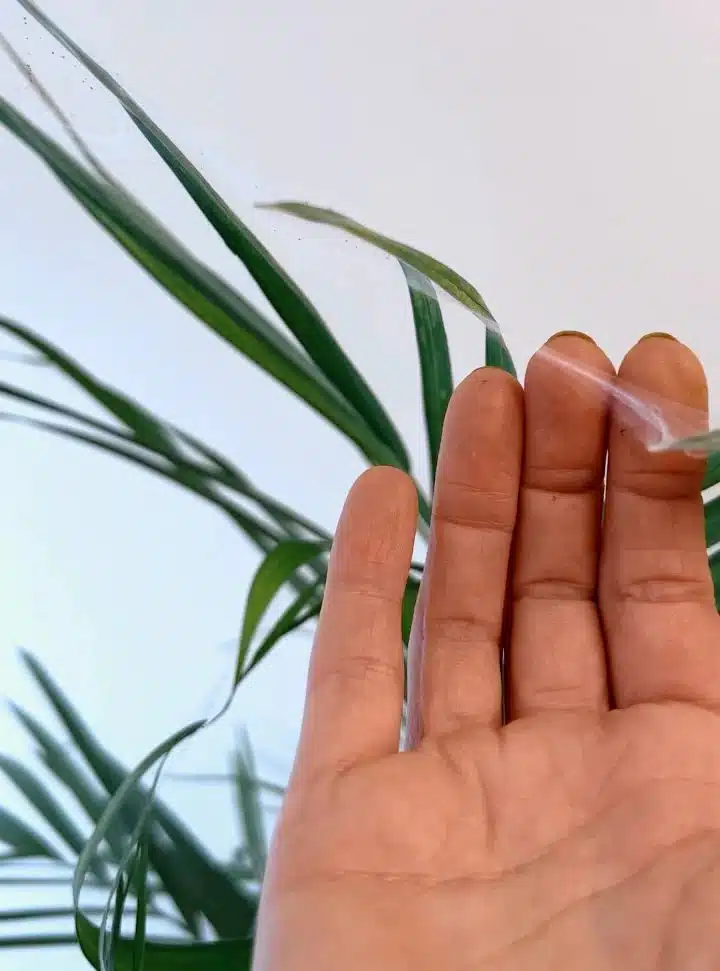
When plants are not properly and regularly checked for pests, plants get infested. The infestation spreads very fast, especially during the Spring and Summer months.
If you notice webbing on your indoor plants, it is likely a sign of a pest infestation, specifically spider mites.
White or brown spots on leaves are mealy bugs or scale infestations.
Leaf spotting and discoloration are a sign of damage from the pests.
It is important to check plants frequently and address a pest infestation as soon as possible to prevent damage to the plant and the spread of the infestation to other plants, and to be able to quickly and successfully treat the issue.
#9 Wrong placement
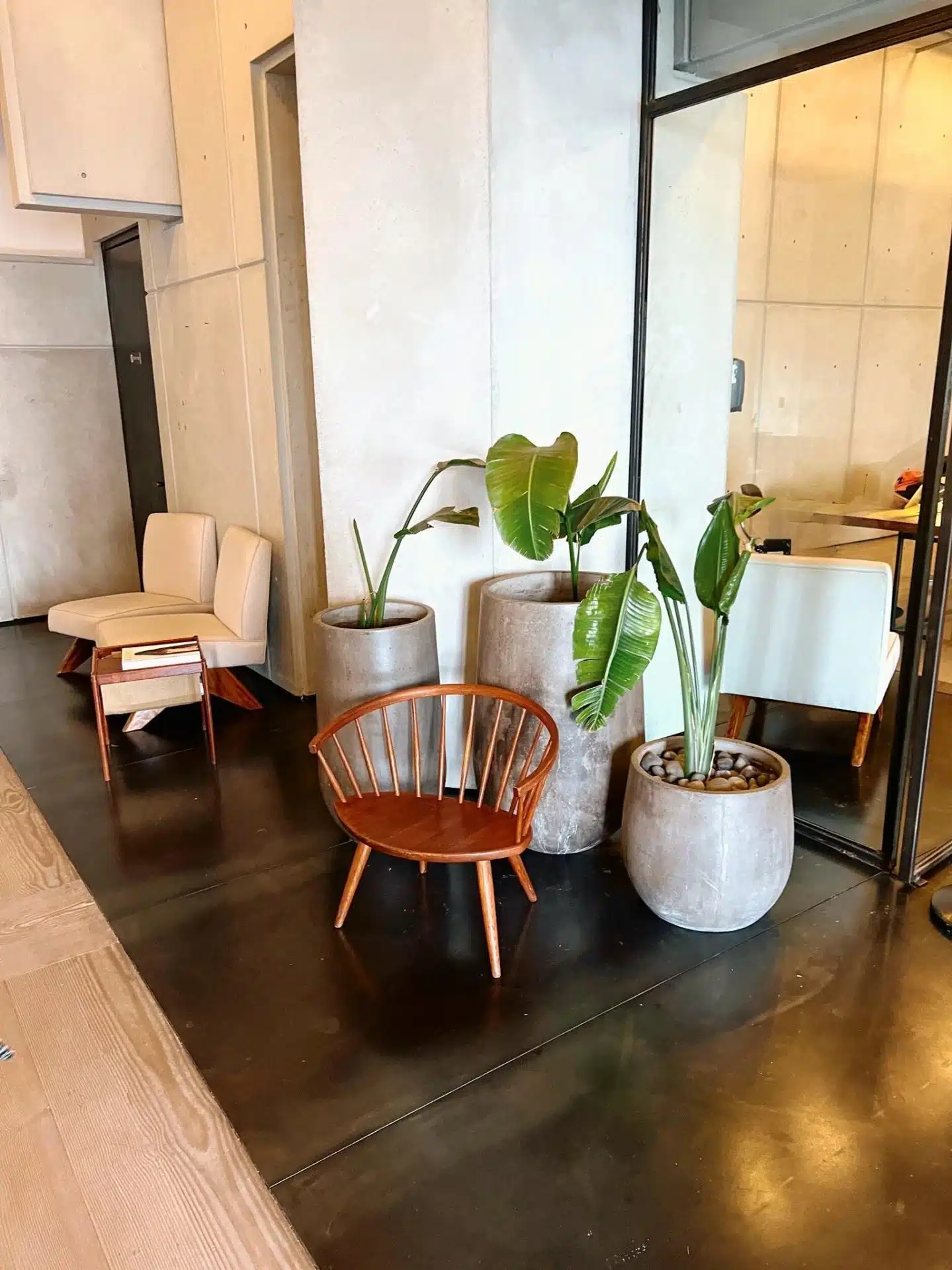
I see the wrong plant placements in many office spaces.
When deciding on plants we need to consider not only if the plants we are selecting are the right types for the light environment but also consider the pot and plant sizes.
In this photo, the plants are declining due to lack of proper light exposure; they are potted in pots that are too big, and, as a result, there is no harmony and balance in this green setup.
Achieving a balance amongst your indoor plant display will enhance and contribute to the interior design of the space.
In conclusion, signs of neglect include bare plants, lack of proper pruning, dust on leaves, low soil levels, dirty soil, heavily leaning plants, yellow or dry leaves, and pest infestation.
I encourage you to take a quick look around your office plants 👀 If you observe any of the aforementioned signs, please communicate with your plant maintenance provider or whoever is in charge of their care.
Don’t let neglect ruin the natural beauty of your workspace, take the necessary steps to keep your green coworkers thriving.
Need professional help in maintaining your office plants?
If you are located in New York City and need help choosing the right plants for your office space or need help with indoor plant care, schedule a free consultation with one of our plant specialists.
We will prepare a custom FREE plant proposal for your workspace, deliver beautiful and healthy plants and, if needed, provide plant maintenance service. With our plant maintenance service, you can sit back and relax while we do all of the work to keep your office plants healthy and looking their best.


